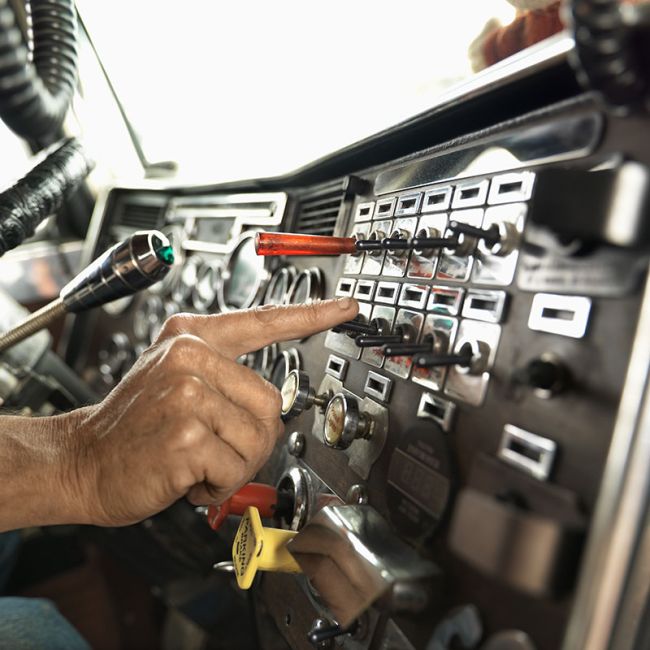It’s no secret that there are myriad items a utility fleet manager must consider when spec’ing vehicles for their fleet. Among those are the vehicles’ ergonomic features, which are intended to provide greater operator comfort and efficiency.
According to Pete Gnatowski, director of sales, manufacturing and distribution for global automotive services organization Holman (www.holman.com), “When you’re developing an upfit strategy for your fleet vehicles, the ergonomics and upfit package are certainly a key consideration, and it begins with truly understanding how your frontline personnel are using their vehicles in the field.”
Ameren Illinois is one example of a utility that places great importance on ergonomics at all levels and in all areas of the organization. In particular, fleet has made numerous improvements to its vehicle design with respect to cargo management.
In a recent interview with Utility Fleet Professional, Elizabeth Daiber, Ameren Illinois’s fleet superintendent, and Deborah Short, an injury prevention specialist for the organization, shared their insights and strategies regarding vehicle ergonomics.
Reducing and Preventing Injuries
Ameren hired Short in 2017 as a full-time injury prevention specialist. She focuses on ergonomics at job sites and in vehicles and offices across Illinois.
“Good ergonomic position leads to more comfortable and more productive operators, resulting in fewer repetitive stress injuries and a higher quality of work with fewer errors,” she explained.
According to Short, shoulder injuries account for about 25% of all ergonomic injuries and are generally related to cumulative trauma from many of the daily tasks that workers perform.
“We routinely work directly with our field workers for feedback on process improvements,” Daiber said. “Over the years, we’ve invested in many safety enhancements and initiatives because those who work with the equipment on a daily basis can best tell us what needs to be addressed.
“Historically,” she continued, “operators had to lift ladders on and off the trucks, but with recent design changes, the ladders now drop down to the power zone [the area between the shoulders and mid-thigh level of a person’s body] for safer accessibility.”
She also explained that vises “are a second item that required lifting and storing and are now permanently mounted onto our vehicles with adjustable height that the operator can customize.”
Regarding traffic cones, Daiber said that “operators are utilizing the cones every time they stop the vehicle. Moving their location to keep the work in the power zone has helped improve the overall safety of the vehicle.”
She noted that many other items – including wire reels, straps that hold utility poles, and nut and bolt stands – were moved from the bed of the truck to the side or back of the vehicle to minimize the number of times an operator must climb in and out of the truck bed.
Ergonomic Design for Your Operation
If you want to design more ergonomically friendly vehicles for your fleet, perhaps the best starting point is to gain a solid understanding of the relationships between the vehicle types, cargo/equipment they carry, drivers, intended roles and work environments.
“This is key to tailoring your upfit package to enhance the driver’s comfort while also ensuring safety and maximizing productivity,” Gnatowski said. “Whether it is color choice, the placement of handles, quality partitions, storage options or ease of accessibility, everything becomes a factor.”
He suggested spending time in the field with employees to better understand their behaviors as well as their movements throughout the course of a typical day. Further, interview operations managers to find out how vehicles are used and if there are opportunities for improvement.
“Try to be as hands-on as possible and involve your various stakeholders in the process to avoid a potential disconnect between what looks good on paper and how the units are being used in the field,” Gnatowski said.
Once fleet takes ownership of the vehicles, Short said it’s important to communicate to operators the design changes related to ergonomic improvements – including the why and how – so that they understand how to properly use the new features.
About the Author: Grace Suizo has been covering the automotive fleet industry since 2007. She spent six years as an editor for five fleet publications and has written more than 100 articles geared toward both commercial and public sector fleets.


